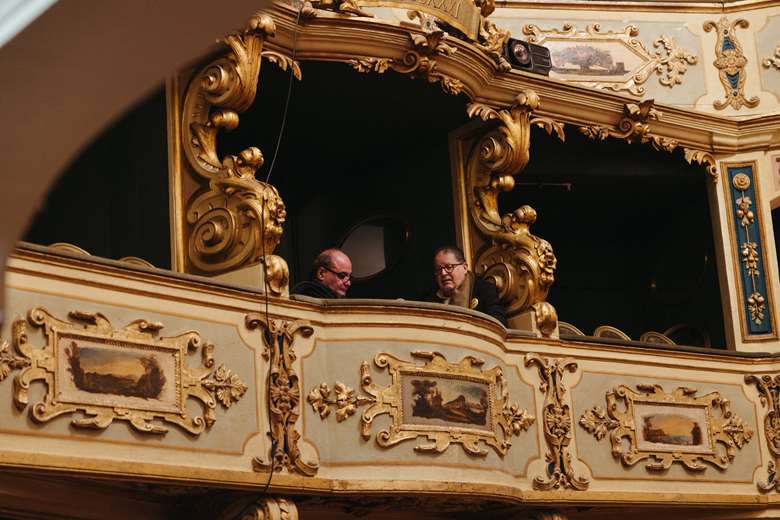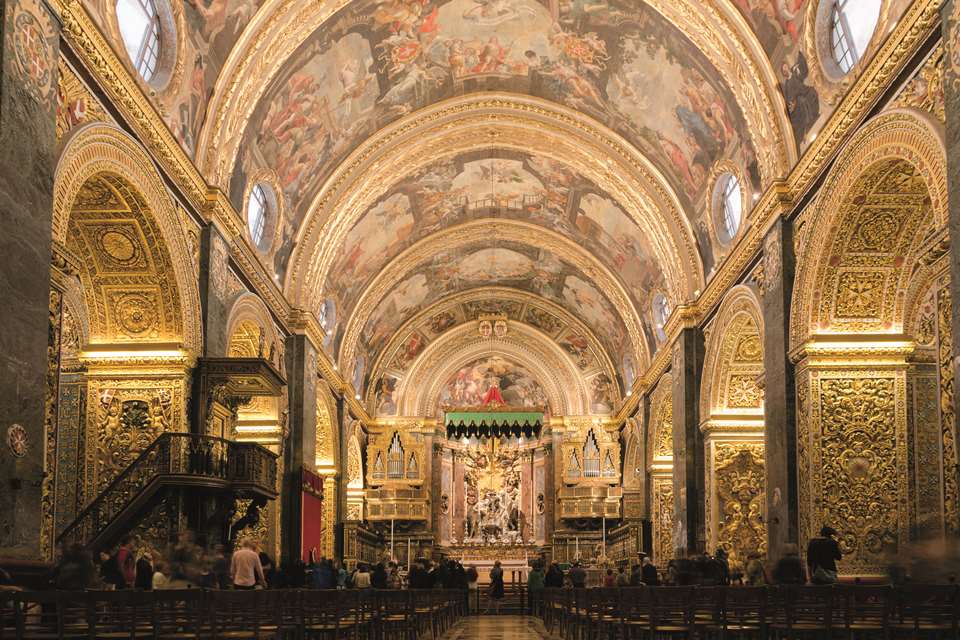Winter sun at Malta’s Valletta Baroque Festival
Simon Mundy
Friday, February 9, 2024
Simon Mundy’s trip to the Valletta Baroque Festival in Malta offers a welcome break from British weather. Whisking us away to this island paradise, Mundy examines how the festival offers baroque authenticity as well as creative departures from historical accuracy


Register now to continue reading
Don’t miss out on our dedicated coverage of the classical music world. Register today to enjoy the following benefits:
- Unlimited access to news pages
- Free weekly email newsletter
- Free access to two subscriber-only articles per month


